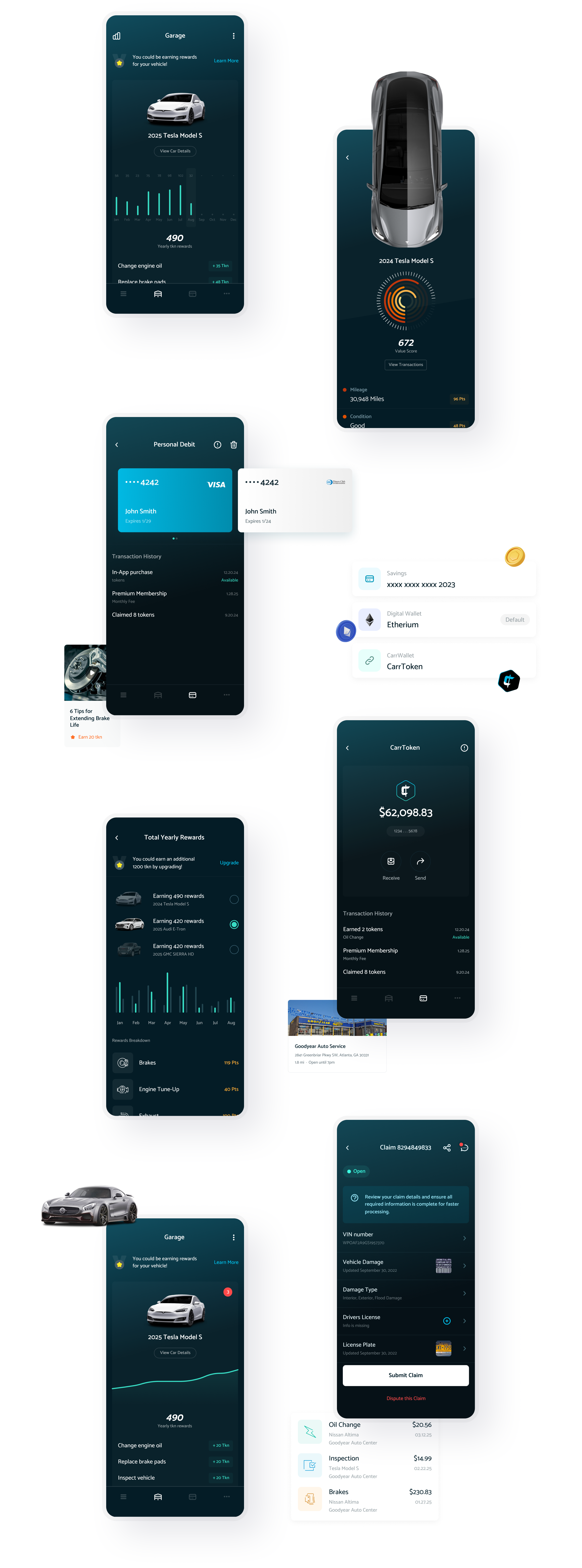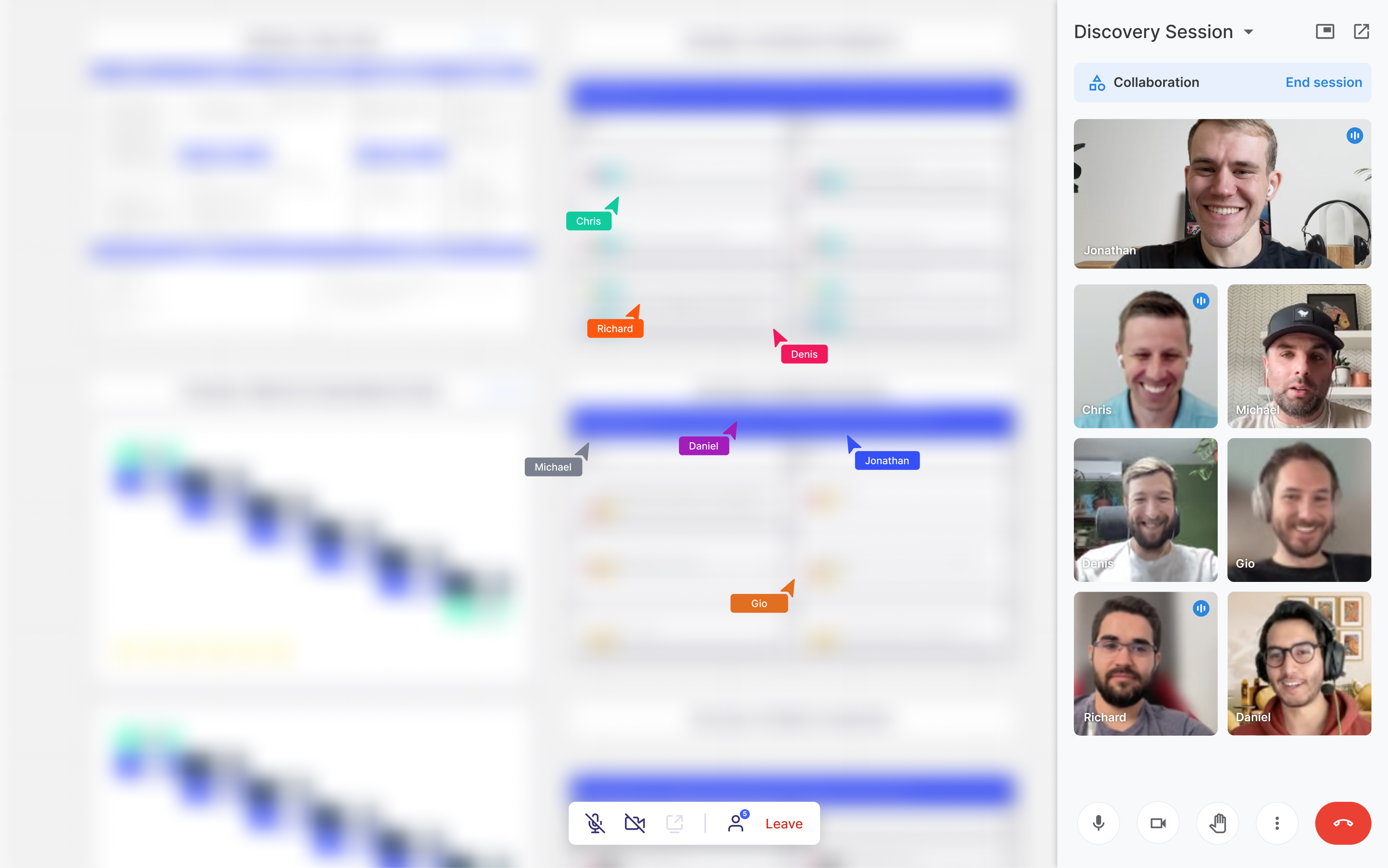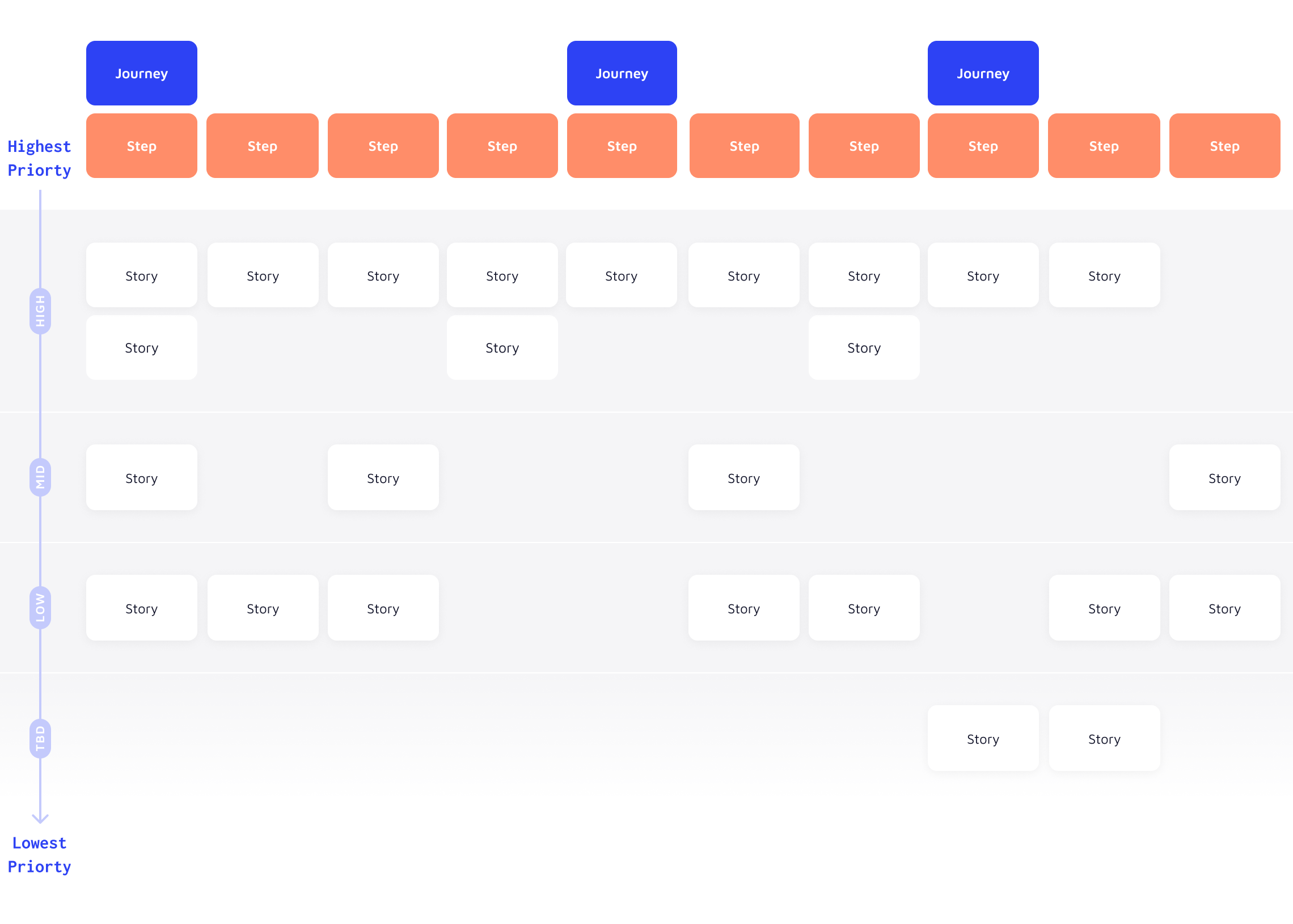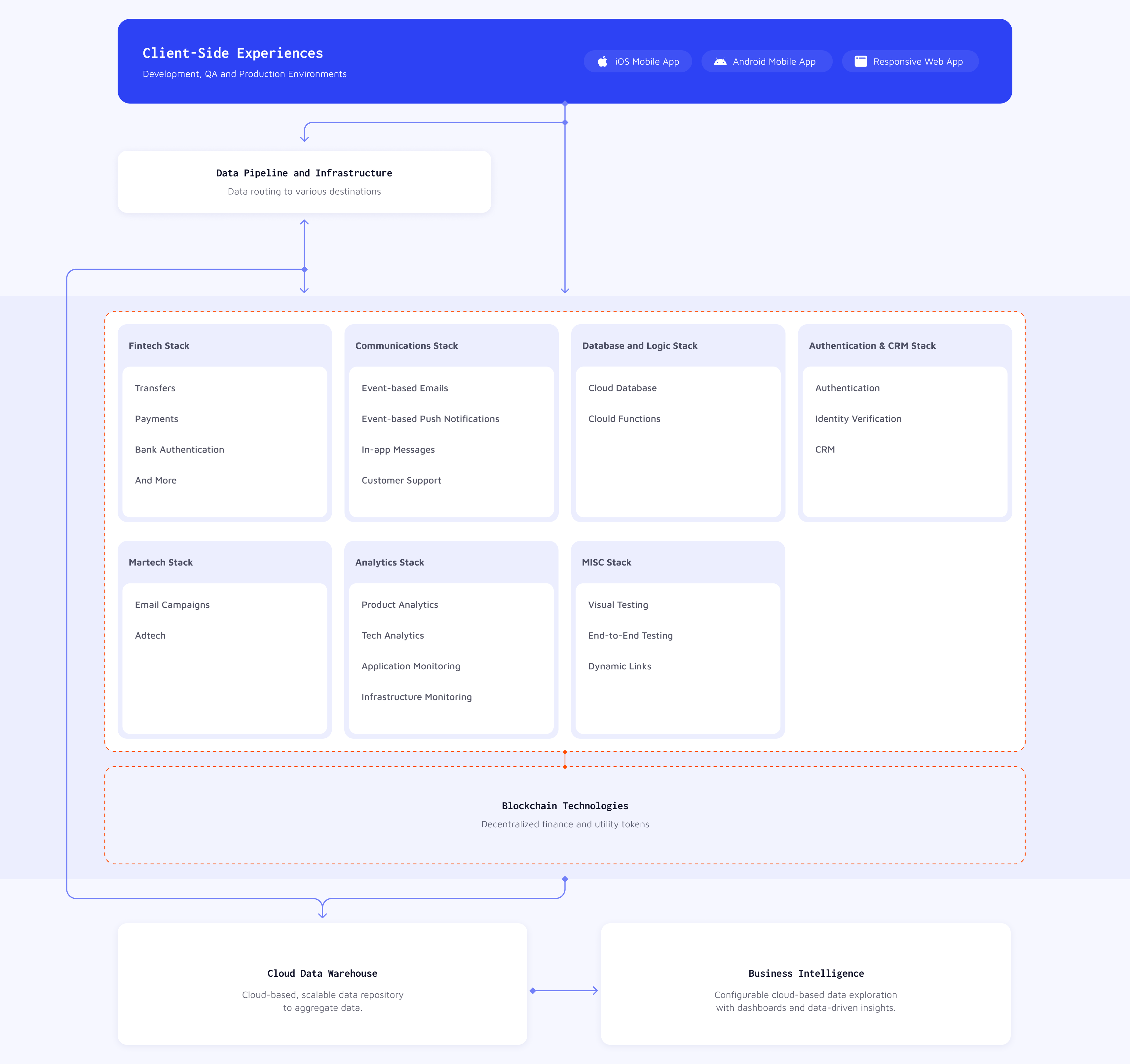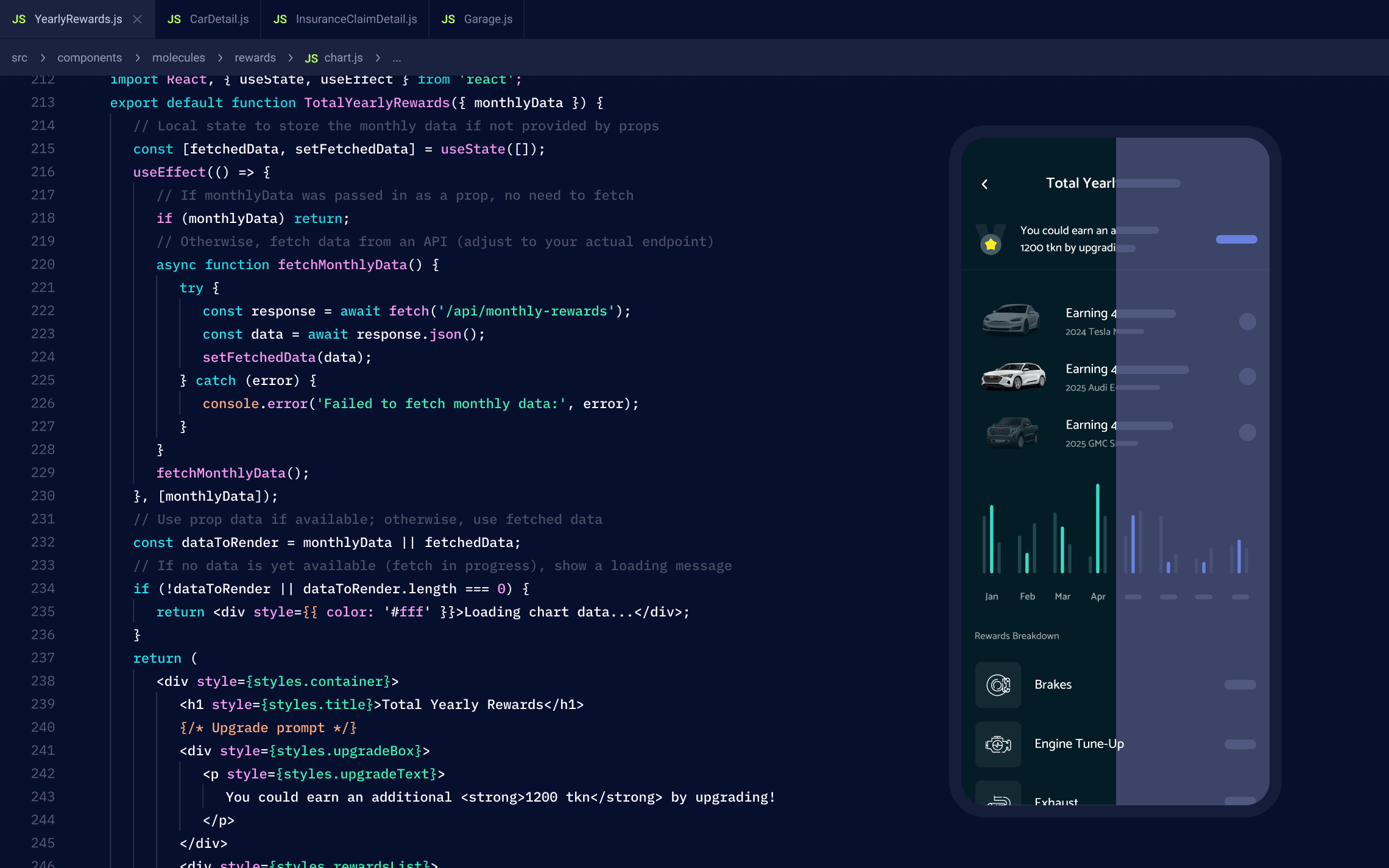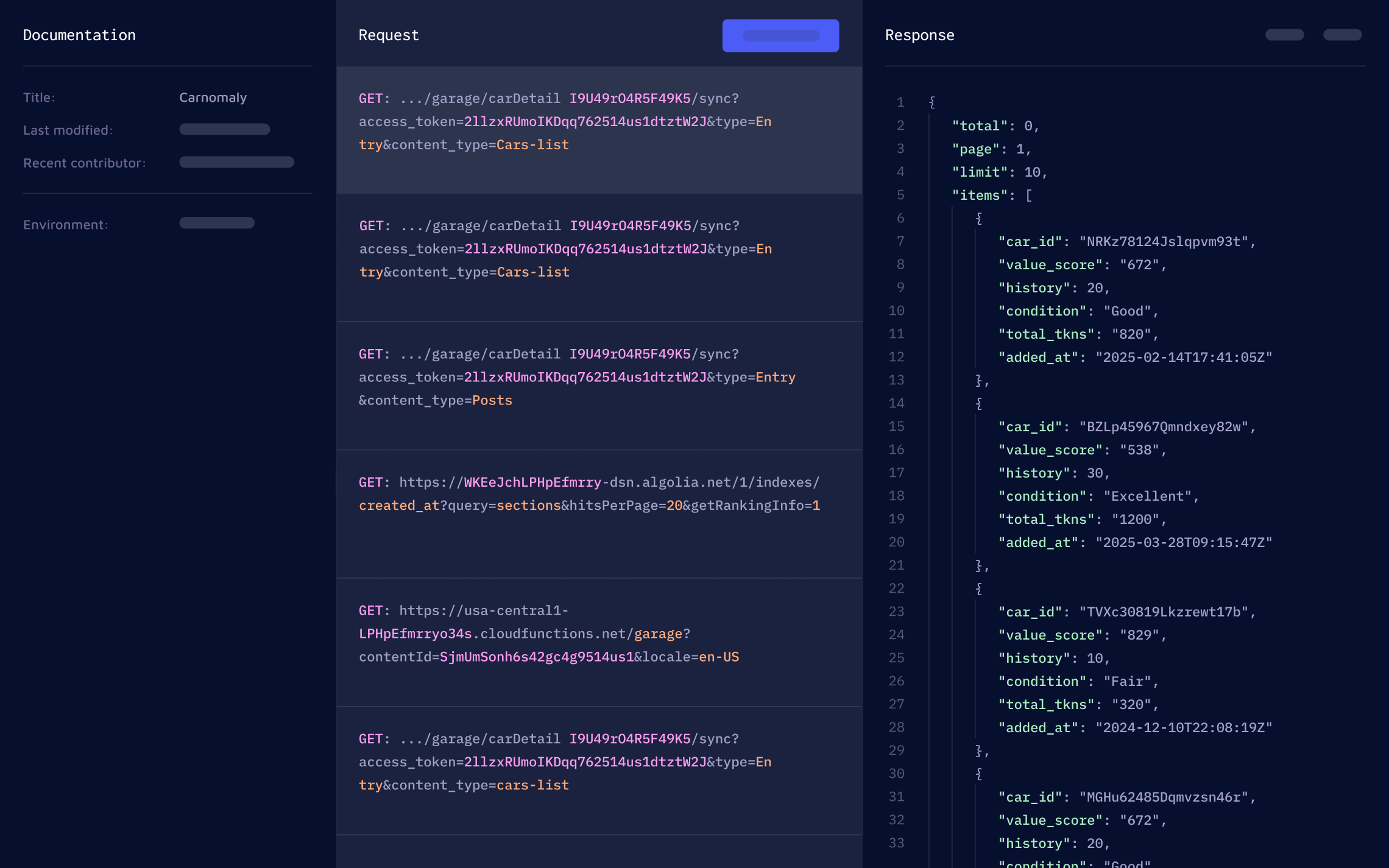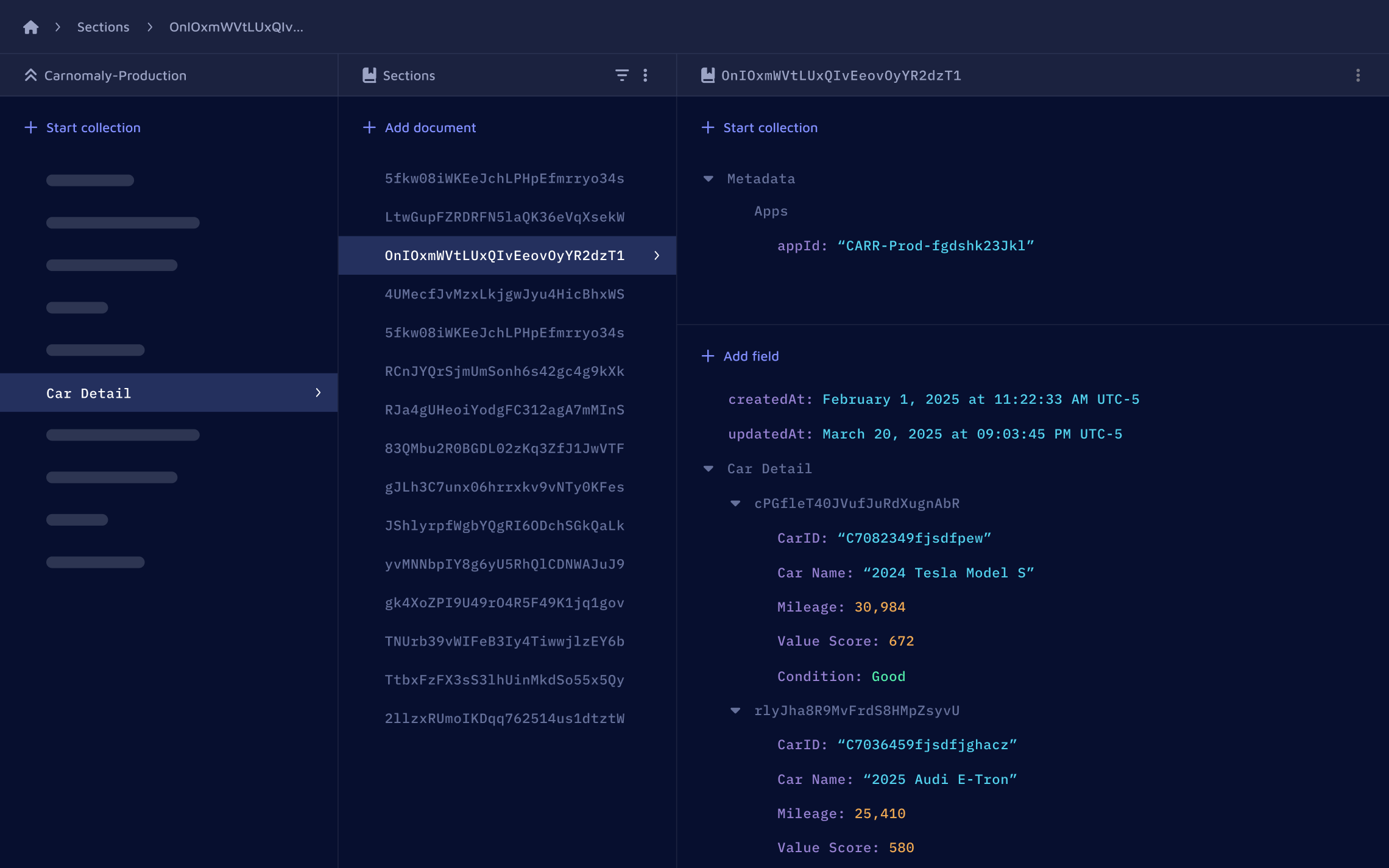Carnomaly
An innovative, blockchain-based approach to vehicle ownership and financing
Discovery, Strategy, Design, Ideation, Architecture, Mobile Dev
Blockchain Technologies, FinTech Integrations, Cloud Services, Analytics & More
iOS, Android & responsive web
Blockchain-based architecture
Tokens, staking, & defi functionality

Overview
Carnomaly provides practical blockchain-based solutions for buying, selling and owning vehicles. Its fleet of tech solutions solves the inefficiencies currently plaguing the automotive industry by providing an innovative approach to vehicle ownership.
The Problem
The personal automative industry continues to face the same problems from the last 10 to 20 years. Vehicle ownership, buying and selling is fraught with chokepoints where data is lost and the CX is frustrating.
The Solution
Carnomaly is a blockchain-based platform that aims to reimagine the automotive experience by creating a new type of online automotive platform – one that benefits both consumers and dealers. Through theCarnomaly App, users can scan their VIN, capture their odometer reading, take photos, update vehicle options, streamline insurance claims, and easily request a quote or mint a unique NFT based on their vehicle's VIN.
The CARR utility token acts as the native token and overall binding agent within the ecosystem. CARR tokens encourage frequent ecosystem utilization by both consumer and enterprise users for updates, interactions and rewards.
Carnomaly users will have access to CarrDefi, a decentralized finance solution in the auto lending space. Users who qualify for a vehicle loan will obtain funding from the loan liquidity pool within the CarrDefi platform.
Discovery
The joint teams collaborated to explore what a world-class, innovative product ecosystem could look like. A clarified vision, core problem set and clear solutions led to a product roadmap. With a clear understanding of the vision and core product, the discovery phase branched out into workstreams that focused on idea brainstorming, feature mapping, user journeys, requirements definition, platform research and project scoping.
Design
The mapping of key user journeys started by establishing clear information architecture objectives, which then transitioned into human-centered design principles. These concepts were refined into high-fidelity interfaces through multiple iterations of the core screens. Once the main flows were solidified, attention turned to building an atomic design system tailored for flexibility across various platforms and screen sizes. The design components were intentionally crafted for reusability, enabling consistent implementation across more than 100 screens.
Architecture
In support of peer-to-peer transfers, a blockchain-based architecture was incorporated at the the core system. From there, modern technologies, infrastructure and APIs were integrated to form a distributed system. With the architecture mapped out, sequences and feature maps helped define how functionality would transpire within the system.
Development
The feature set was developed with a mix of blockchain technology, serverless functions, API integrations, webhooks, 3rd party platforms and cloud databases. Both the web app and mobile apps were developed using modern frameworks in order to efficiently support native iOS, native Android and responsive web applications.
Data
In order to support clean and consistent data, the object/action framework helped establish well-structured data. And while data was spread across multiple platforms, it was structured to be future-friendly for future analytics goals. This enabled data-driven reporting and laid the foundation for further system integrations.


